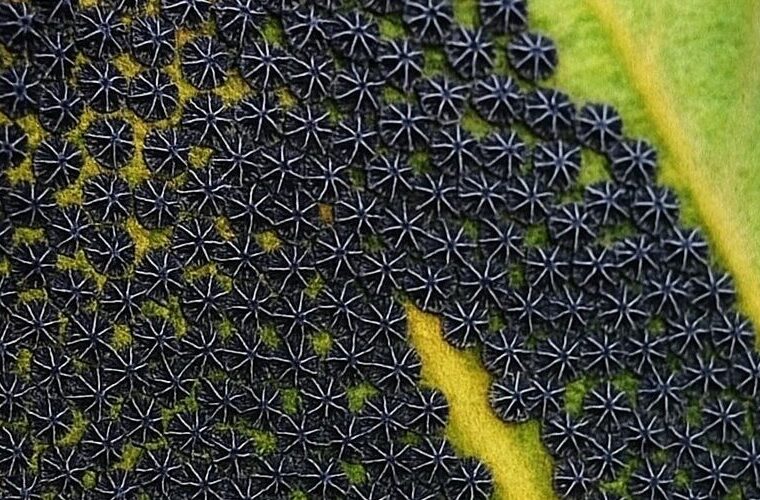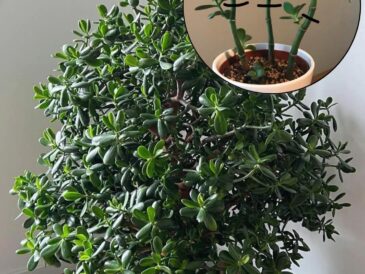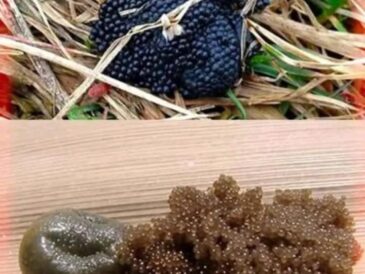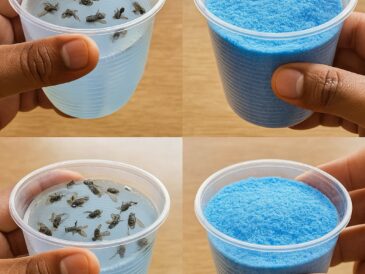Gardeners and plant enthusiasts often encounter various forms of insect life on their beloved plants. While some insects are beneficial, others can be incredibly destructive. The image clearly depicts a cluster of black, star-shaped or spiky eggs laid meticulously on a leaf. These are highly characteristic of stink bug eggs, and encountering them warrants a careful, rather than direct, approach.
What Are Stink Bugs?
Stink bugs are members of the insect family Pentatomidae, known for their shield-like shape and, as their name suggests, their ability to release a foul-smelling liquid when disturbed or crushed. This defensive mechanism is a strong deterrent to predators. While several species exist, the Brown Marmorated Stink Bug (BMSB) (Halyomorpha halys) is a particularly notorious invasive species in many parts of the world, known for causing significant damage to a wide range of agricultural crops and garden plants. Other common types include green stink bugs and various native species.
Why You Shouldn’t Touch Them Directly:
- The “Stink”: The primary reason to avoid direct contact is the defensive odor. Crushing or even disturbing the eggs or newly hatched nymphs can trigger the release of this unpleasant, pungent chemical. The smell can linger on your skin, clothes, and even in the air for a considerable time.
- Potential for Skin Irritation: While not severely toxic, the defensive chemicals released by stink bugs can cause mild skin irritation in some sensitive individuals. It’s best to avoid direct exposure.
- Spread of Eggs/Nymphs: If the eggs are close to hatching, or if you accidentally crush them, you might inadvertently spread viable eggs or tiny, newly hatched nymphs to other parts of the plant or even to other plants in your garden, exacerbating the problem.
- Identification: Before acting, it’s crucial to be certain of what you’re dealing with. While these eggs are very distinctive, misidentifying them could lead to the removal of beneficial insect eggs. However, the spiky, barrel-shaped appearance in the image is a strong indicator of stink bugs.
The Damage They Cause:
Stink bugs are sap-sucking insects. Both the nymphs (young, immature stink bugs) and the adults feed on plant juices by piercing plant tissues with their needle-like mouthparts. This feeding can lead to:
- Deformation of Fruits and Vegetables: Dimpling, discoloration, and cat-facing on fruits (like tomatoes, apples, peaches) and vegetables (like peppers, beans).
- Stunted Growth: Damage to young shoots and leaves can hinder plant development.
- Seed Damage: Feeding on seeds can reduce crop yields.
- Cosmetic Blemishes: Unsightly spots and marks on edible produce, making them unmarketable or unappetizing.
- Leaf Damage: Yellowing, wilting, or necrotic spots on leaves.
What You SHOULD Do If You See Stink Bug Eggs:
Instead of touching them directly, employ these safer and more effective methods for removal:
TO CONTINUE READING THE ARTICLE PLEASE SEE PAGE 2




